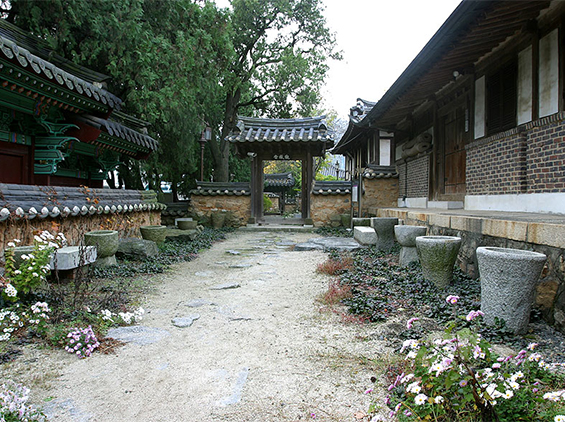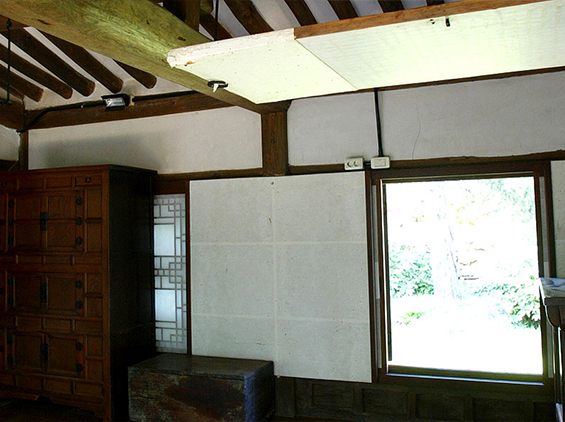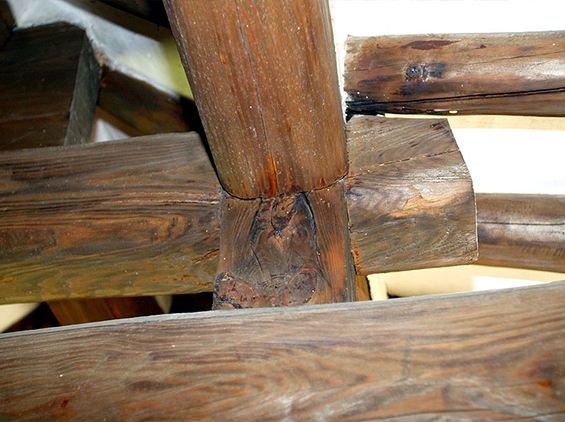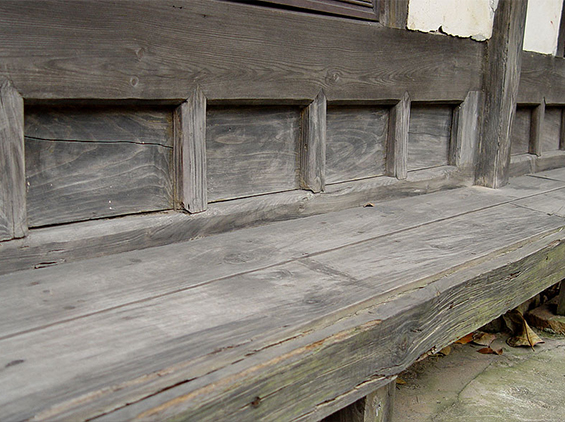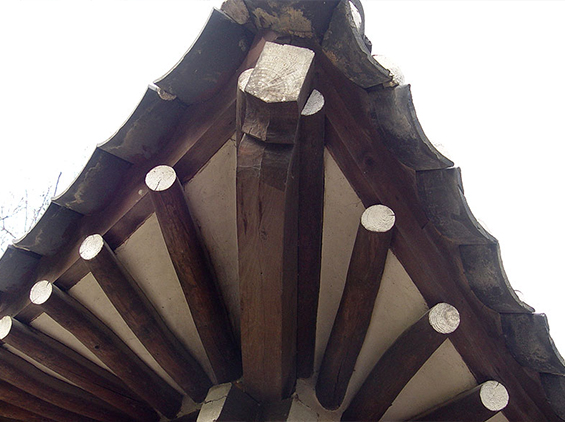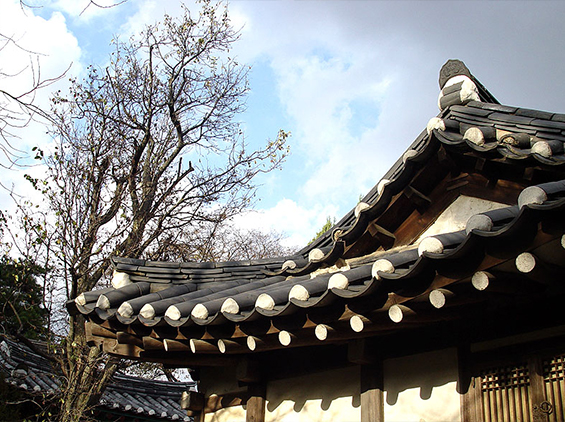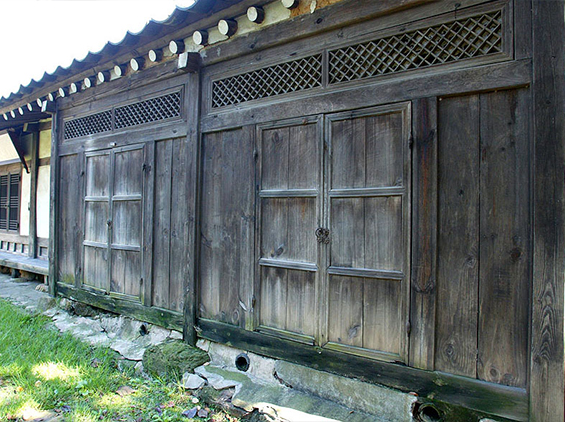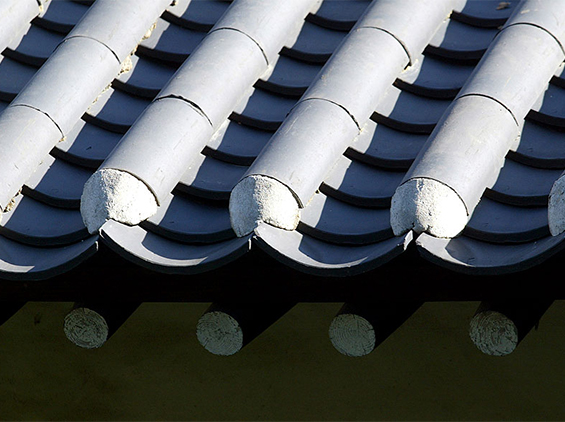CYBER GALLERY
Open-Air Exhibition
- HOME
- CYBER GALLERY
- Open-Air Exhibition
Gwangamdang Cultural Property Data No. 90 of Gyeonggi-do
Yi Wonik lived frugally in a small, humble thatched house even though forty years had passed since he had become a prime minister. For that reason King Injo gifted him with a house, and asked his officials and people to follow Yi Wonik's integrity and frugal life in 1630(8th year of King Injo's reign). Gwangamdang is the house from the king. Yi Wonik spent his later years in it, but it's main building was destroyed by fire during the Chinese Invasion of Joseon in 1637. It was rebuilt in 1694(20th year of King Sukjong's reign) in memory of the 60th year of his death, and renovated by his tenth-generation son, Yi Yeoncheon, in 1916. Gwangamdang is not luxurious but simple, and consists of indispensable spaces for life. These features look like his personality very much. Gwangamdang reflects the life of Yi Wonik, as a man who planted a Chinese arborvitae in the garden, played the geomungo("Korean harp with six strings") on Tangeumam, and enjoyed elegant amusements, as well as a public official who fulfilled his duties uprightly.
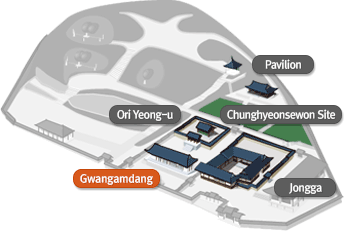
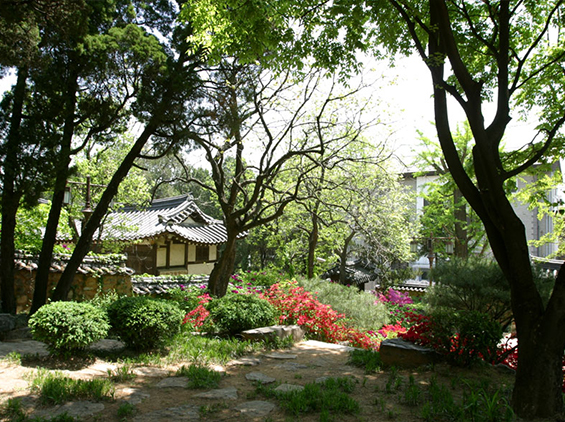
General View of Gwangamdang
As following the alley outside the jongga, there appears the inner gate of Gwangamdang. Inside the gate, there is the front yard with a Chinese arborvitae tree and the Tangeumam. Gwangamdang seen from the road toward the pavilion looks as quiet as can be, but, if spring comes, it is full of peony blossoms. Except the east side of Gwangamdang where the main building is located, the other sides are surrounded by nature, so diverse beautiful sceneries can be appreciated in the house by season.











